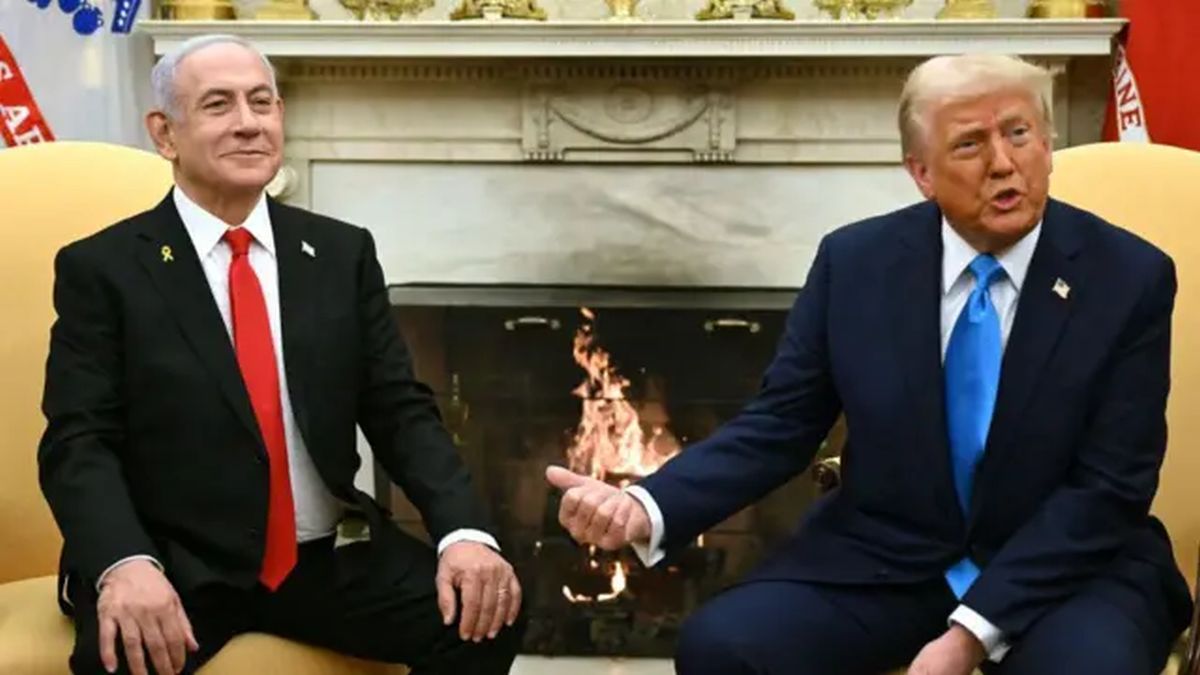All these rights have certain common characteristics. All protect intangible assets and constitute a constitutionally rooted property right that is characterized by ensuring exclusivity in use and serving as a basis to exclude third parties from unauthorized use. These are essentially temporary and territorial rights, with the exception of copyright which, by application of various international treaties, can be enforced beyond borders, subject to the specific requirements of each country.
The rights of Intellectual property They form part of the assets of companies and, as such, make up the balance sheets, can be transferred, licensed, pledged as collateral for commercial operations and, in short, can constitute a significant advantage when obtaining financing and attracting investors. In fact, the valuation of these assets is essential when there is interest in exploring any of the operations mentioned above. According to the World Intellectual Property Organization (WIPO), For an Intellectual Property asset to have quantifiable value, it must generate a measurable amount of economic benefit for its owner or user and increase the value of other assets with which it is associated.
SME ideas.jpg
Often this aspect of the business is only realized when the opportunity for expansion presents itself and distributors, licensees and/or prospective buyers require that precautions have been taken to protect intangible assets. In short, entering other markets, making strategic alliances or exploring growth opportunities demand, in addition to the analysis of the business plan, a strategic view on how to protect Intellectual Property assets, which should not be considered a cost but a way to add value.
When designing an effective strategy for the protection of Intellectual Property assets, the incidence of a series of factors, all equally relevant and necessary, must be taken into account. The main thing is to determine the asset to protect, the territory of interest and the type of product, service or activity to identify. Likewise, cultural and language issues are relevant in the particular case of trademarks, since they can have an impact on the chosen sign, be it word or design. On the other hand, the territory will determine the corresponding right acquisition system, which varies according to the jurisdiction.
Not least, the protection strategy for this type of asset must necessarily take into account the times required for creation and registration in the market in question, which are rarely less than twelve months.
Ultimately, the perspective Intellectual property It must be present at all stages of the business. Doing so from the outset serves to secure profits and ensure asset protection, as well as generate growth and investment opportunities.
Source: Ambito




